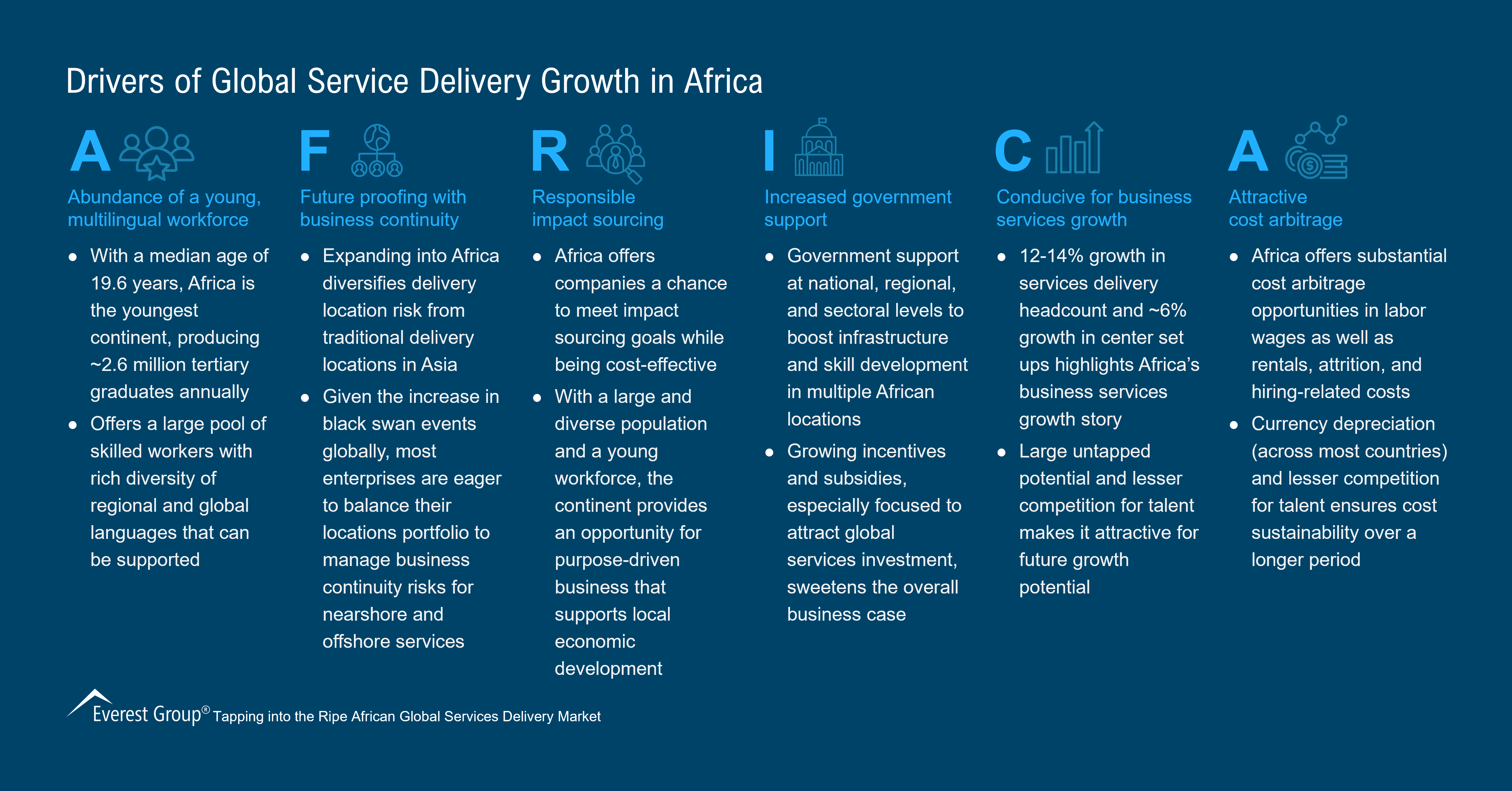Atraktivní nabídky soutěže
In the ever-evolving landscape of competitive environments, one critical aspect stands out: the irresistibility of attractive competition offerings. Be it in sports, business, or any field where competition is the driving force, knowing how to present enticing offers can significantly impact engagement and success. This article delves deep into the various elements that make competition offers appealing, the psychology behind them, and practical strategies to implement these concepts effectively.
As industries grow and diversify, understanding the target audience becomes vital. Are we addressing fans looking for exhilarating sports events? Or perhaps businesses seeking competitive advantage? Whichever the case, the fundamental need remains the same—creating an attraction that cannot be ignored. Readers will gain insights on what drives competition engagement, practical examples, and methods to craft compelling offers that resonate with potential participants.
This piece will cover several key areas, starting with a foundational understanding, moving into psychological insights, and concluding with actionable strategies. Each section will provide clarity and tools to help anyone optimize their competition offerings.
Understanding Attractive Competition Offers
What Constitutes an Attractive Offer?
An attractive offer is more than a mere proposition; it encompasses value, uniqueness, and relevance. It should captivate the audience’s attention and meet their distinct needs or desires.
- Value: The offer must provide genuine value that surpasses expectations.
- Uniqueness: A distinctive offer sets itself apart from competitors.
- Relevance: The offer must resonate with the audience’s current interests and concerns.
The Psychology Behind Attractive Offers
Understanding how potential participants think and feel can enhance the appeal of competition offers. Insights from behavioral psychology highlight several key factors:
- Urgency: Limited-time offers create a sense of urgency, prompting quicker decisions.
- Reciprocity: Providing something valuable upfront can lead to participants feeling obligated to engage.
- Social Proof: Demonstrating that others have benefitted from the offer can enhance its attractiveness.
“Psychological factors play an essential role in the decision-making processes of individuals, particularly when it comes to competition.” – Expert Psychologist
Examples of Successful Competitive Offers
Numerous organizations have succeeded in gaining traction through attractive competition offerings. For instance, consider sports entities that offer exclusive merchandise, tickets to high-stakes games, or experiences with players. These components not only add value but also foster deep connections with the audience.
For those looking to enhance their understanding further, examining established models can provide necessary insights. Notable examples can be found at this link and here, where various strategies are dissected in-depth.
Crafting Compelling Competition Offers
Identifying Your Audience
The first step in crafting a compelling offer is identifying who your audience is. This involves understanding their preferences, pain points, and what drives them to participate in competitions.
- Demographics: Age, location, and lifestyle.
- Psychographics: Interests, values, and behaviors.
- Market Research: Surveys and analytics tools can provide essential insights.
Developing the Offer
Creating an enticing offer requires an innovative approach. Here are some strategies to consider:
- Incentives: Offering significant prizes or recognition can elevate participation levels.
- Engagement: Interactive components such as social media integration can boost visibility and excitement.
- Accessibility: Ensuring the competition is easy to enter will increase turnout.
Marketing Your Offer
Once the offer is developed, effective marketing is crucial. Utilizing multiple channels increases reach and visibility:
- Social Media: Leverage platforms to share engaging content and updates.
- Email Campaigns: Targeted emails can effectively reach potential participants.
- Collaborations: Partnering with relevant influencers can broaden your audience.
Measuring the Success of Competition Offers
Key Performance Indicators (KPIs)
To assess the effectiveness of your competition offers, establish relevant KPIs. These may include:
- Participant Numbers: Tracking the number of entries received.
- Engagement: Monitoring social media interactions and shares.
- Feedback: Gathering participant feedback for future improvements.
Analyzing Results
Analyzing the gathered data will provide insights on what worked and what didn’t. This analysis can inform future campaigns and help refine your approach:
- Successes: Identify which elements resonated most with the audience.
- Areas for Improvement: Assessing feedback can pinpoint areas for adjustment.
- Overall Experience: Understanding participant satisfaction will guide future offers.
Iterative Improvements
Based on the analysis, make iterative improvements to your strategies. Continuously refining your approach will keep your competition offerings relevant and appealing.
Conclusion
Attractive competition offers are pivotal to capturing attention and fostering engagement across various sectors. By understanding the elements that create irresistible offers, employing psychological insights, and strategically marketing these offerings, organizations can significantly enhance their competitive edge.
The insights shared in this article provide a roadmap to not only crafting compelling competition propositions but also measuring their success and making necessary improvements. In today’s competitive environment, staying ahead requires a commitment to understanding and adapting to your audience’s evolving needs.

Successful competition strategies rely on continual adaptation and responsiveness to audience feedback. Don’t miss the opportunity to leverage attractive offers in your competitions, and ensure you are creating experiences that resonate deeply with your target market.
